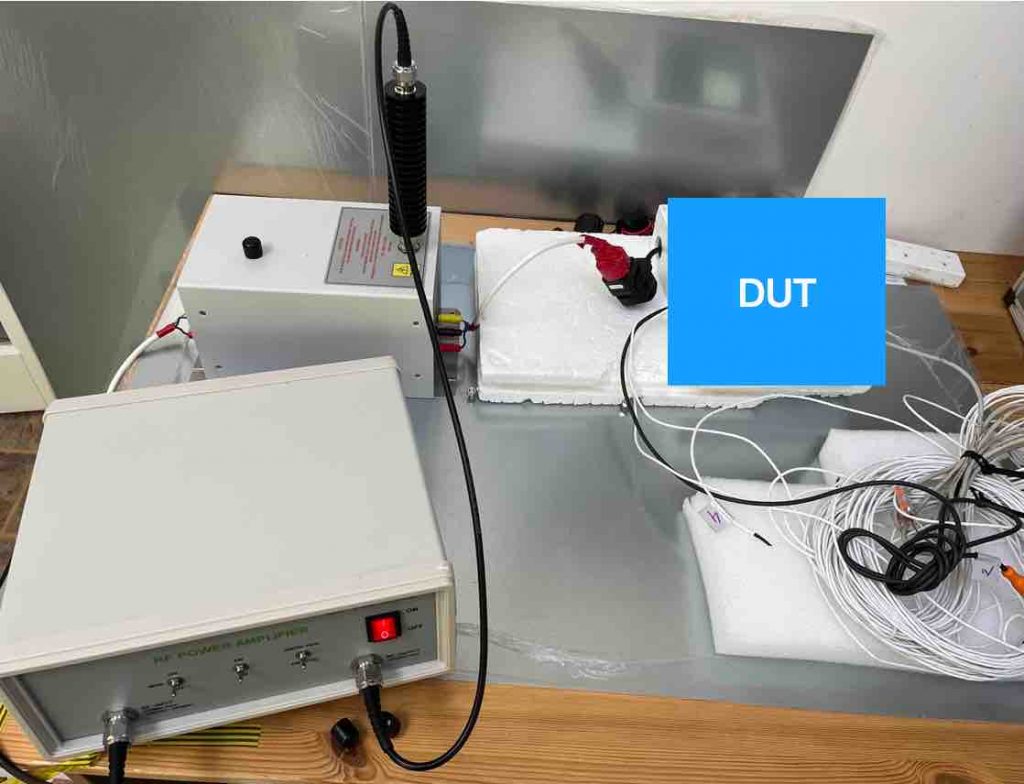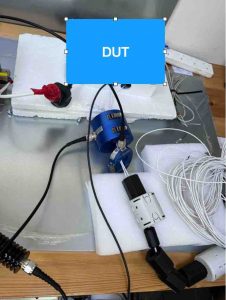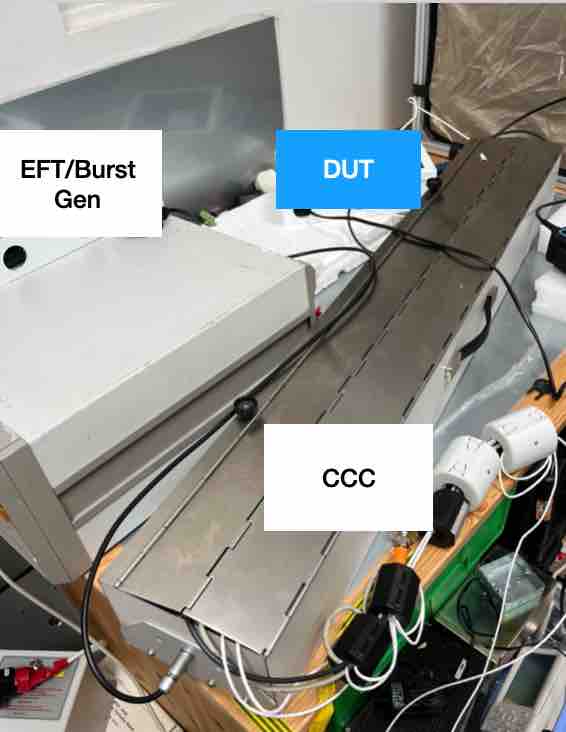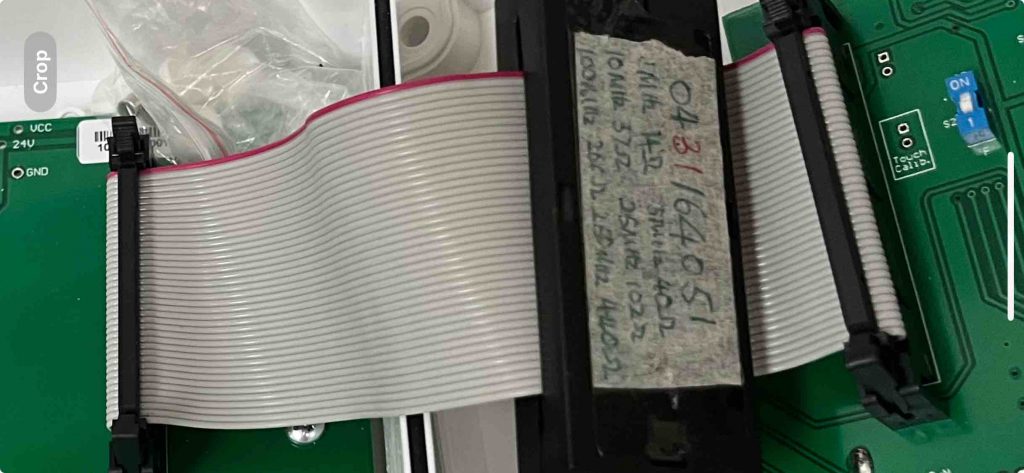Fixing Susceptibility Issues in a Smart Control Unit Used in an Industrial Kitchen Environment
Timeline: 2 days troubleshooting + 1 day design review for the new revision
Scope of work: Addressing Susceptibility Issues in an Existing Design and Conducting a Design Review for the New Product Version.
Storyline: Imagine stepping into the bustling kitchen of a fast-food restaurant like McDonald’s. What comes to mind? You’d expect to encounter a flurry of activity, perhaps some smoke, lots of sizzling burgers, and a controlled chaos aimed at delivering food efficiently. To maintain a safe working environment for the kitchen staff, modern kitchens like these are equipped with various systems, including ventilation fans, extraction fans, air conditioning, smoke detectors, fire alarms, and more. Managing and controlling all these units within such an environment often necessitates the use of a smart control unit.


In such challenging environments, you’ll find a device like the smart control box depicted in the photo. A quick assessment of the electromagnetic environment where this unit resides makes it evident that it operates in an extremely harsh setting. To begin with, there are fans, often driven by variable speed drives (VSDs), which generate broadband noise. Then there are the frequent on/off cycles of various devices (contactors, relays, motors), leading to fast transient voltage spikes on the power lines. The sensor lines of the smart controller can easily pick up interference through near-field or far-field coupling. Therefore, it’s not surprising to discover that the client’s unit has been impacted by external noise.
Upon receiving this product for evaluation, my primary focus was on two types of noise: the broadband noise generated by the VSDs and the electric fast transient (EFT)/burst-type noise. Additionally, I examined two key coupling paths: noise from the power cables and noise from the signal cables. Since I needed to troubleshoot the unit in my own office, I had to devise methods for injecting noise into the unit.
The primary sources of noise injection are depicted in the picture below. On the left, an RF amplifier drives either a continuous wave (CW) or an amplitude-modulated (AM) wave into the mains lead through a coupling decoupling network (CDN). This injects noise into the mains lead, typically within the frequency range from a few hundred kilohertz up to 200 megahertz. For signal wires, I utilized a bulk current injection probe (BCI) connected to the same amplifier to introduce noise into the unit (shown on the right). The BCI probe operates as a current transformer with the enclosed wires, achieving magnetic coupling and allowing me to test the unit’s susceptibility in an environment resembling where the motor drive operates.



Next, I needed to assess transient susceptibility. For this purpose, I employed an EFT/Burst Generator. The machine features its own CDN, simulating scenarios in which transient noise enters the unit through the mains lead. Here, I could also inject the pulse into the signal wire using a device called a capacitive coupling clamp (CCC). This method uses capacitive coupling to introduce the pulse to the unit.
Identifying a failure similar to what the client experienced in the field marked a significant step toward success. We then proceeded with near-field injection to pinpoint and identify weaknesses in the PCB design. After reviewing the PCB design, we could offer recommendations for the next design iteration.
As an immediate solution, we advised placing high-impedance ferrite cores on signal wires and power leads, particularly on the ribbon cable inside the unit (as the unit features a plastic housing, and the ribbon cable between the display and the power board is a potential weak point). Simultaneously, we collaborated to draft a new layout design.


When the new unit arrived, I conducted the same tests, and to my pleasant surprise, the new design significantly outperformed the old one. Without any external components like ferrite cores, the design engineers had created a system with remarkable resilience against external interference noise. Even when compared to the previous design with ferrite cores, the new design proved superior.
This underscores the importance of meticulous system design. Not only does it save time and money when bringing a product to market, but it also yields superior EMC performance. It’s a valuable lesson for all of us in the field.